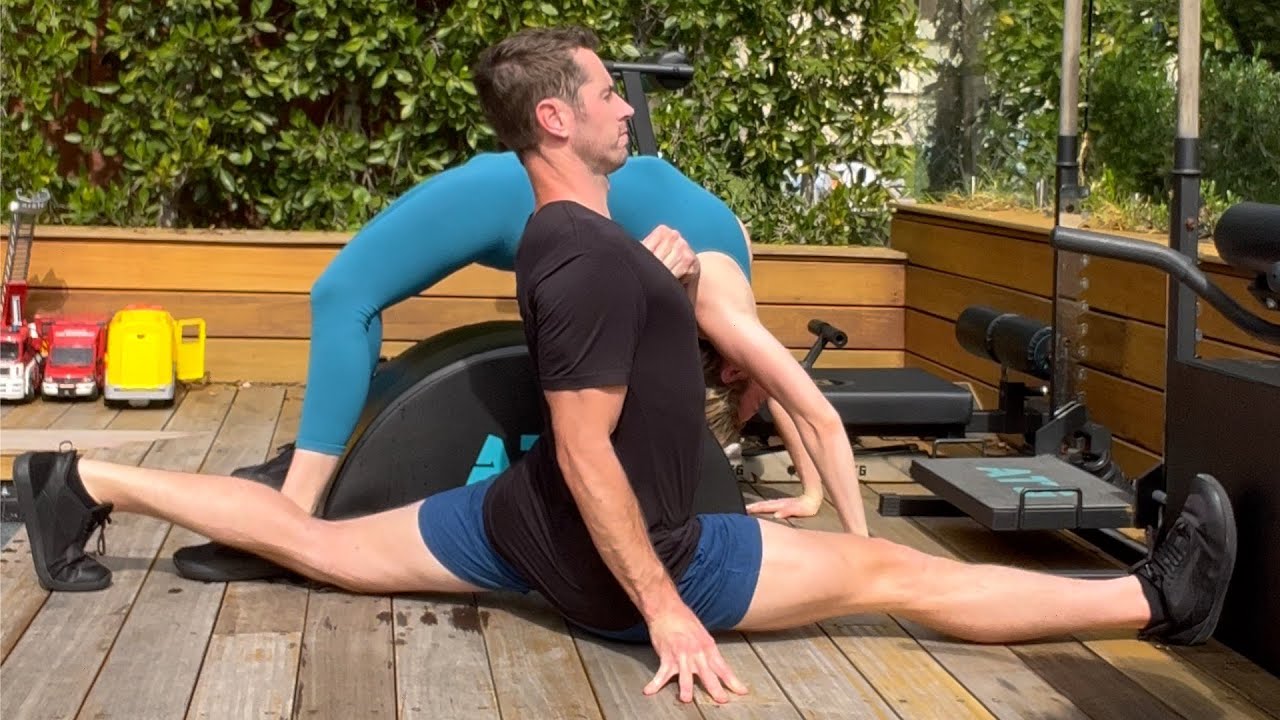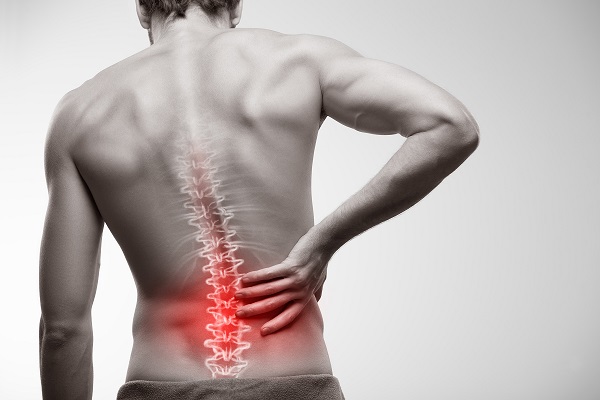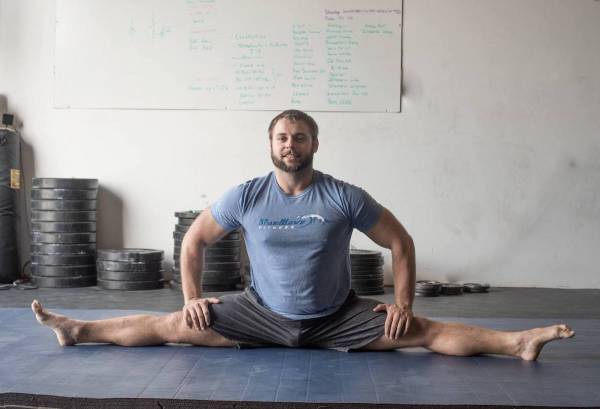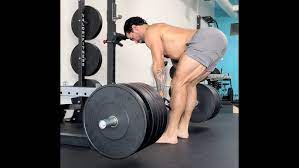
How To Improve Posture: 4 Exercises To Improve Posture
How to improve posture: In a world dominated by screens and prolonged sitting, our bodies can easily become stiff and inflexible. Although, As someone who spends a lot of time at a desk, I discovered four exercises that helped me improve my mobility and posture. These exercises are simple, effective, and require minimal equipment, making them accessible to all.
1. Rediscovering the Pullover
Remember the pullover, a seemingly forgotten exercise? As it turns out, this classic move can help your shoulders and posture. If you are new to it, begin with light dumbbells to avoid any imbalances from previous sports or activities. Patience is key here; consider it a long-term investment. I started with a light load and gradually made it a regular part of my routine. The triangular grip on a dumbbell adds a nice touch to the exercise, making it an adaptable option for shoulder health.
2. Building Strength with Lower Trap Muscles
When it comes to strengthening your lower trap muscles, positioning is critical. Use a back extension or an incline bench to control your weight. This exercise complements the pullover by extending the range gained from the first exercise. I am not a bridge expert, but over the last seven years, I have discovered that mastering these two movements significantly improved my bridge skills. It is a gradual process; start light, move slowly, and let the strength and control develop naturally.
3. ATG Split Squat: A Counter to Sitting
The ATG split squat counteracts the effects of prolonged sitting. This stretch strength exercise works your legs and hip flexors, providing a much-needed break from a sedentary lifestyle. Surprisingly, all you need is a chair to begin. As someone who had knee problems, I started with elevated knees and support. After a decade, I can effortlessly perform the back foot elevated version. Progress at your own pace, and remember that there is no pressure to reach a specific level. This exercise is about self-improvement, not competition.
4. Stretch-Strength Deadlift for Lower Back Resilience
The stretch strength deadlift is a game changer for anyone looking to improve lower-back strength. It entails stretching your upper hamstrings while maintaining lower-back strength. The goal is not to master front splits, but to strike a balance and avoid the painkiller-surgery cycle. I was not expecting to dunk or split, but after a decade of doing these exercises, the unexpected happened. My friend Jeff, who had not dunked since he was 23, is now flying through the air at 46 thanks to these routines.
How To Use The Power of Strength and Yoga To Improve Posture
These four exercises, which combine strength and yoga principles, are a true longevity secret. Whether you are an athlete recovering from surgery or have spent decades working at a desk, these exercises provide a potent combination to combat the effects of prolonged sitting. My mother, who has worked from a desk for 50 years, exemplifies the effectiveness of these movements in maintaining mobility and enjoying life without fragility.
How To Improve Posture: No Equipment Needed
One of the benefits of these exercises is their ease and accessibility. You can start right now with no equipment. The pullover can be done with only a wall, adjusting the hand placement for more stretch or load. Trap three raises can be done on the floor, and adding light dumbbells can make the workout more difficult. The ATG split squat starts on a chair and progresses to stairs, providing a full leg and hip flexor stretch. Finally, the stretch strength deadlift, which is essential for lower back health, requires little equipment, emphasising the importance of keeping a strong and flexible body.




